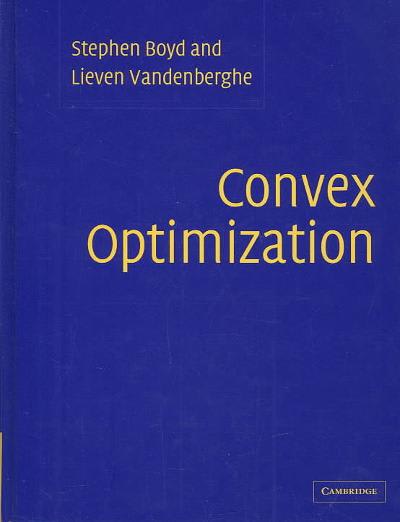Answered step by step
Verified Expert Solution
Question
1 Approved Answer
Question 1: First you will discuss the study design and compare the FEV measurements of children of smoker parent(s) with that of nonsmoker parents. (a)
Question 1: First you will discuss the study design and compare the FEV measurements of children of smoker parent(s) with that of nonsmoker parents.
(a) Comment about the study design. Is the study an example of an observational study or a randomized experiment? Can we use the study to assess the effect of second-hand smoking on FEV of children exposed to second-hand smoking at home? Provide brief explanations. List some potential confounding variables in the study.

Step by Step Solution
There are 3 Steps involved in it
Step: 1

Get Instant Access to Expert-Tailored Solutions
See step-by-step solutions with expert insights and AI powered tools for academic success
Step: 2

Step: 3

Ace Your Homework with AI
Get the answers you need in no time with our AI-driven, step-by-step assistance
Get Started


